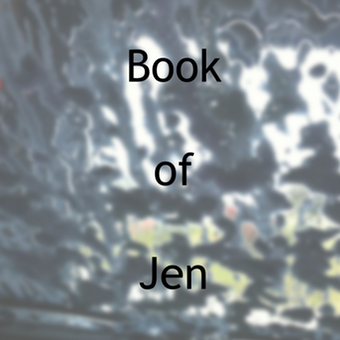
The Space Between Us is set in India. In addition to being about the kinds of troubles that only women experience, (a world of difference from what men’s lives are like), it focuses on the lives of three particular women. Men have more freedom and opportunities than women do.
Sera is a wealthy woman. Bhima is her servant. Maya is the granddaughter of Bhima. The book defines the “space between” the lives of women who have servants, and the women who are servants. It explores the views held in India about the separation of different classes.
Bhima cleans Sera’s house, cooks her food, and helps take care of her daughter. At the same time, Sera has separate cups for Bhima to use, and has Bhima sit on the floor instead of using the furniture. I had heard about these kinds of beliefs, but didn’t understand much about them before reading this book. Some of the women in the book have mixed feelings about these obvious separations, but feel compelled to follow them anyway.
The book is also about the space between the educated and the illiterate. Bhima struggles. She cannot read, and must trust others to tell her what things say – even for important documents.Bhima has little money, so when her family needs medical care, she cannot do much to help them.
Sera, on the other hand, can easily come in and read the papers that the doctor’s present. Sera has no financial difficulty from paying for the care on Behima’s behalf. The two families are interconnected in many ways. There is a lot of description of the day to day lives of each woman, and the area each lives in. Both suffer, but not in exactly the same ways.
Maya has “gotten herself” pregnant, and now cannot attend the college that Sera was paying for. The situation means that Maya must do something about the baby, and very fast, one way or the other. Having a baby would mean Maya would surely lose her chance to become educated and have a better life than Bhima had.
It is unknown for the first half of the book just who the father of Maya’s baby is, or under what circumstances that the pregnancy occurred. The father is eventually revealed, and it turns out to be someone unexpected. What happened is another example of the space between the privileged and the destitute.
The book includes wonderful descriptions of India, including the seaside, some of the more affluent areas, and the food. The pages are peppered with words that are not in English. I’m going to assume these words, that are unfamiliar to me, are in Hindi (the official language of the Indian government).
There are little phrases that I cannot understand. Some are repeated several times, and I felt as though I was able to grasp a general idea of what it meant. Some were insults, others were titles, and some are words of endearment. All of this adds to the flavor of the setting.
This book review of The Space Between Us – by Thrity Umrigar is a post written by Jen Thorpe on Book of Jen and is not allowed to be copied to other sites.
If you enjoyed this blog post please consider supporting me on Ko-fi. Thank you!
